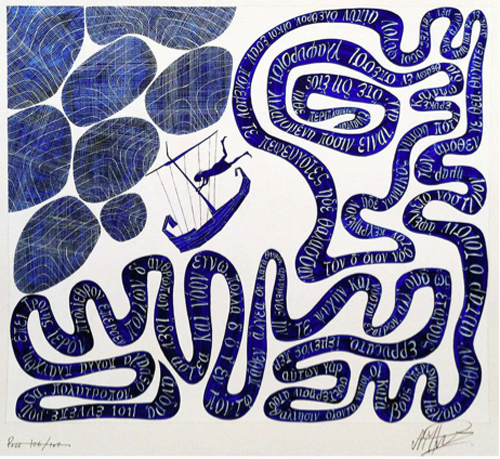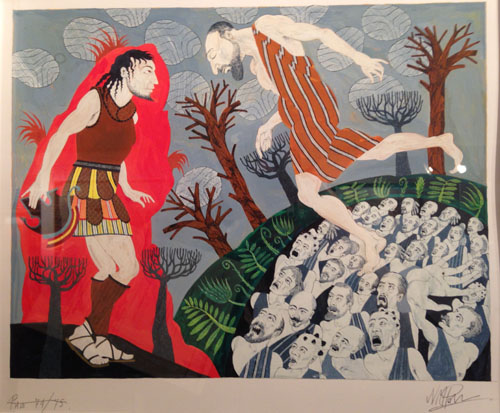Ah, Spring. Everywhere I look it’s the force that through the green fuse drives the flower. Nature has sensed the void she’s said to abhor and is filling her incompleteness with trilliums and trout lilies, spidery maple leaves and daphne odora variegata. Bare branches fizzle with chartreuse fuzzies and soft blossoms.
It seems a feeling of incompleteness is part of the human condition, as well. And like Nature, we attempt to fill this void. We fall in love, create children’s books, play with a dog, watch a sunset. All these solutions work to some degree. Other times we try to fill the inner void with music or religion, or running, or drugs, alcohol, sex, or chocolate. Stories even. Yet the void persists.
The open palm of desire wants everything. It wants everything.
It wants soil as soft as summer and the strength to push like spring.
– Paul Simon, ‘Further to Fly’
I think it’s this incompleteness that beloved writer Norma Fox Mazer pointed to as a main character’s necessary “deprivation.” As sure as Velcro hooks grab Velcro fuzz, characters hook readers through their incompleteness. Because we feel a lack in ourselves, we have a ready place to hold a character’s longings and out-of-balancedness. “Deprivation” has many guises. For example, the children in Sarah Plain and Tall’s yearning for a mother, or Peter Rabbit’s need to get into the vegetable patch, or even Olivia’s out-sized dream to be the Queen of the Trampoline – all incompleteness and desire.
I’ve heard it said that 90% of children’s literature is about belonging or searching for home. Maybe that’s what our own incompleteness is about, too.
What a ramble. But it’s spring and the garden calls. And if I may paraphrase what Rene Zellweger said to Tom Cruise in the movie Jerry Maguire, the garden completes me. At least for awhile.
p.s. Here’s the Dylan Thomas poem referred to above:
The force that through the green fuse drives the flower
The force that through the green fuse drives the flower
Drives my green age; that blasts the roots of trees
Is my destroyer.
And I am dumb to tell the crooked rose
My youth is bent by the same wintry fever.
The force that drives the water through the rocks
Drives my red blood; that dries the mouthing streams
Turns mine to wax.
And I am dumb to mouth unto my veins
How at the mountain spring the same mouth sucks.
The hand that whirls the water in the pool
Stirs the quicksand; that ropes the blowing wind
Hauls my shroud sail.
And I am dumb to tell the hanging man
How of my clay is made the hangman’s lime.
The lips of time leech to the fountain head;
Love drips and gathers, but the fallen blood
Shall calm her sores.
And I am dumb to tell a weather’s wind
How time has ticked a heaven round the stars.
And I am dumb to tell the lover’s tomb
How at my sheet goes the same crooked worm.
































